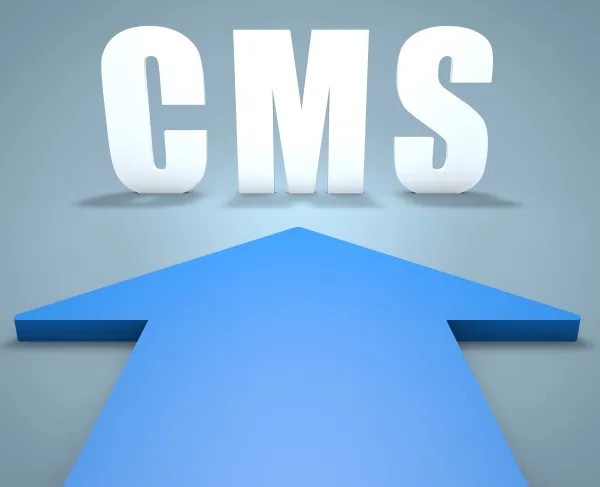Reader Question:
Properly Sequence External Cause
Published on Tue Mar 17, 2020
Question: When and how should we use external cause codes?
Codify Subscriber
Answer: You should use ICD-10-CM external cause codes as secondary codes when the additional information about the patient’s condition is relevant to treatment and patient care.
You should never sequence an external cause code as the first-listed or principal diagnosis, according to the ICD-10-CM Official Guidelines for Coding and Reporting.
External cause codes can tell healthcare providers treating the patient the following helpful information:
- Cause: The code can explain how the injury or health condition happened. For example: A horse struck the patient and injured the patient’s foot — W55.12XA (Struck by horse, initial encounter).
- Intent: The code can explain whether the injury or health condition was unintentional, accidental, or intentional. For example: The patient intentionally jumped in front of a vehicle and injured his ankle — X81.0XXA (Intentional self-harm by jumping or lying in front of motor vehicle, initial encounter).
- Place: The code can explain the place where the event occurred. For example: The patient broke her ankle while playing soccer on a soccer field — Y92.322 (Soccer field as the place of occurrence of the external cause).
- Activity: The code can explain the patient’s activity at the time of the event. For example: The patient was boogie boarding when he broke his toe — Y93.18 (Activity, surfing, windsurfing and boogie boarding).
- Status: The code can explain the patient’s status. For example: Y99.8 (Other external cause status).




